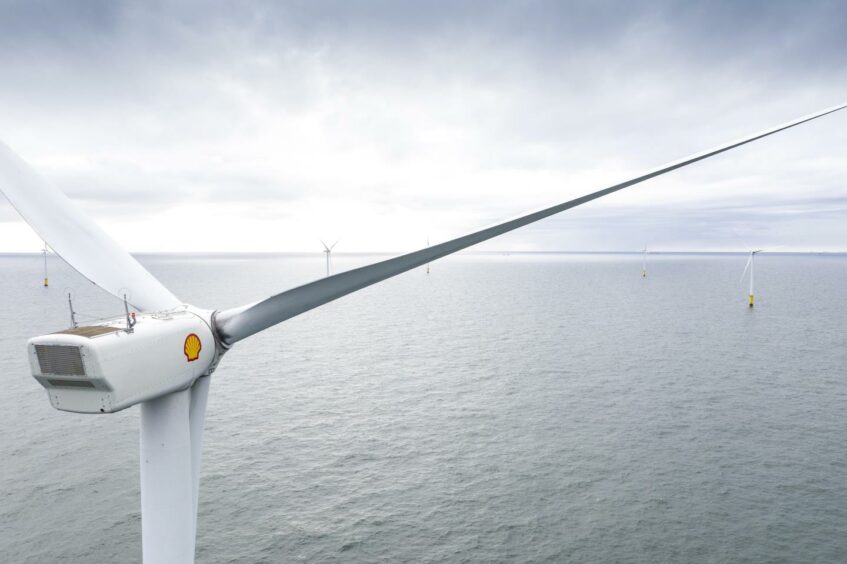
Shell (LON: SHEL) has taken a final investment decision (FID) on the Holland Hydrogen I facility, which will be Europe’s largest renewable hydrogen plant once operational in 2025.
The 200-megawatt (MW) electrolyser will be constructed on the Tweede Maasvlakte in the port of Rotterdam and will produce up to 60,000 kilograms of hydrogen per day.
Renewable power for the plant will come from the offshore wind farm Hollandse Kust (noord), which is partly owned by Shell as part of a joint venture with Eneco.
Currently under construction, Hollandse Kust (noord) will have an installed capacity of 759MW, and generate at least 3.3 TWh per year. The developers plan to have the scheme operational by 2023.
Hydrogen produced at the plant will supply the Shell Energy and Chemicals Park Rotterdam, via the HyTransPort pipeline, where Shell says it will replace some of the grey (fossil fuel-derived) hydrogen currently used in the refinery.
Shell said it would help to “partially decarbonise” some of the facility’s energy products such as petrol and diesel and jet fuel, while other hydrogen supplies could at some point be used to power heavy-duty vehicles to help in decarbonising commercial road transport.
“Holland Hydrogen I demonstrates how new energy solutions can work together to meet society’s need for cleaner energy. It is also another example of Shell’s own efforts and commitment to become a net-zero emissions business by 2050,” said the company’s executive vice president for emerging energy solutions Anna Mascolo.
“Renewable hydrogen will play a pivotal role in the energy system of the future and this project is an important step in helping hydrogen fulfil that potential.”
It has already contracted Thyssenkrupp Uhde Chlorine Engineers to engineer, procure and fabricate the electrolyser equipment, based on the firm’s 20 MW alkaline water electrolysis module.
Meanwhile, in January the supermajor started up production from a 20-MW green hydrogen plant in Zhangjiakou, Hebei Province, China.
Recommended for you
